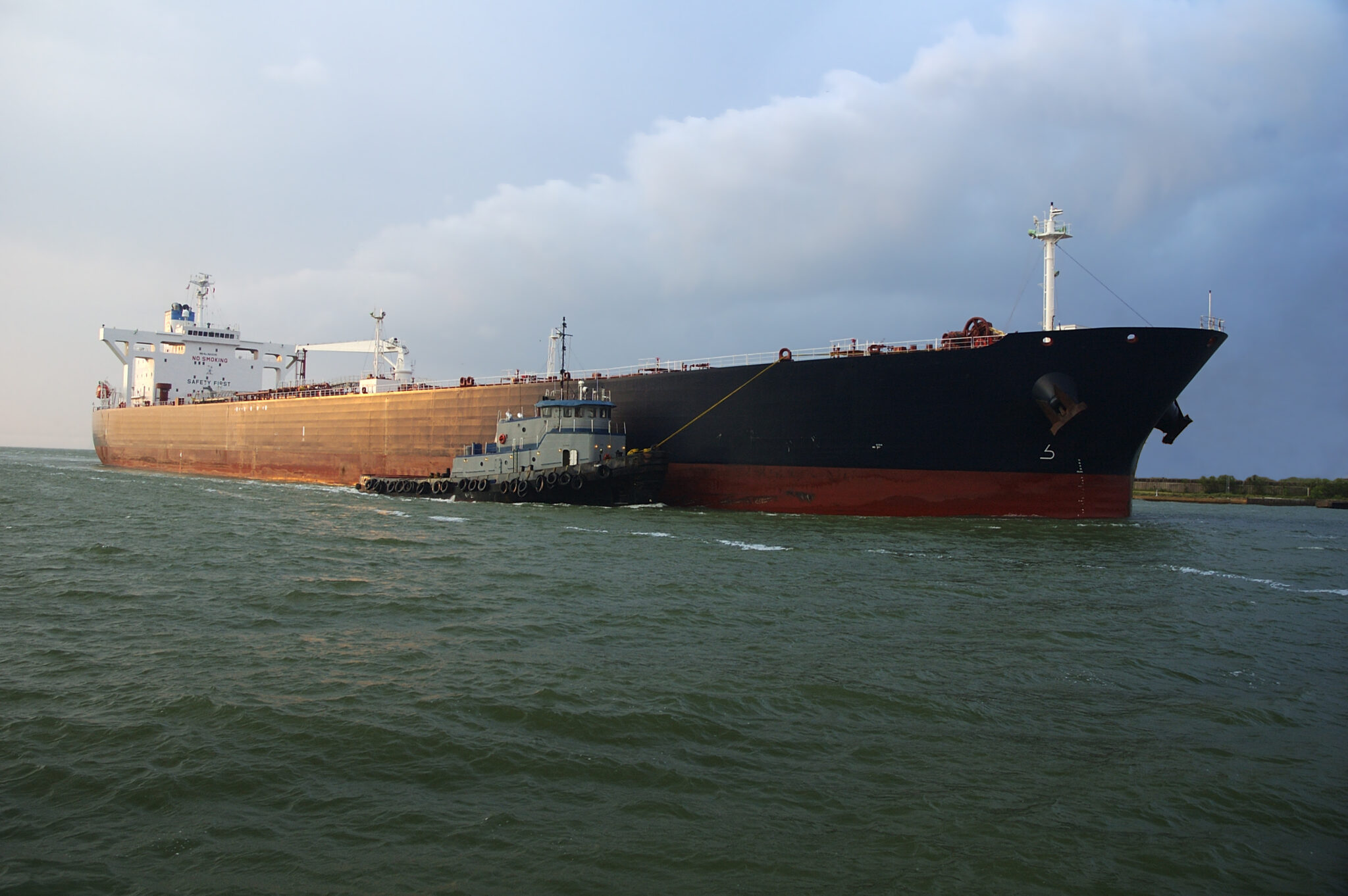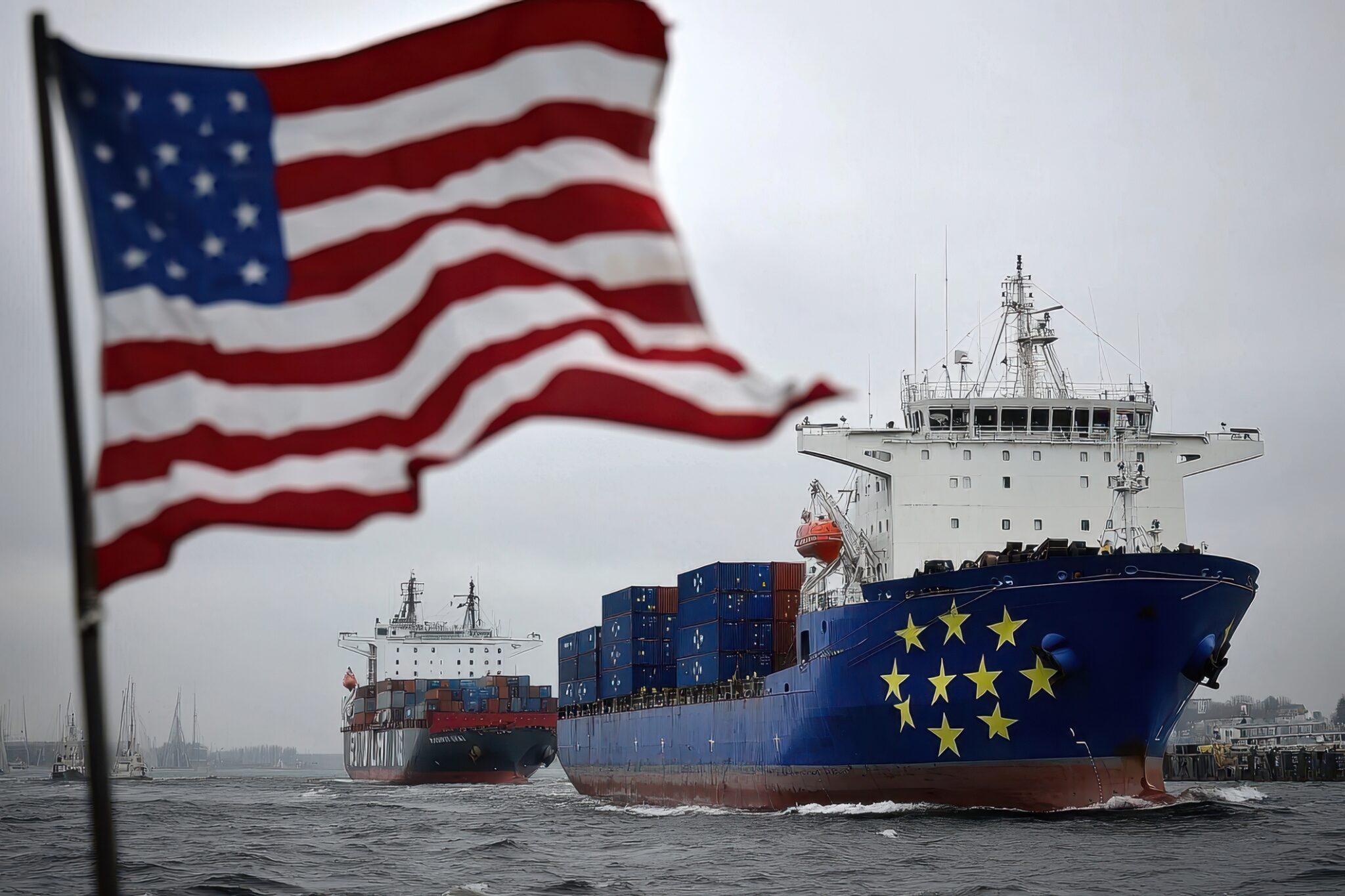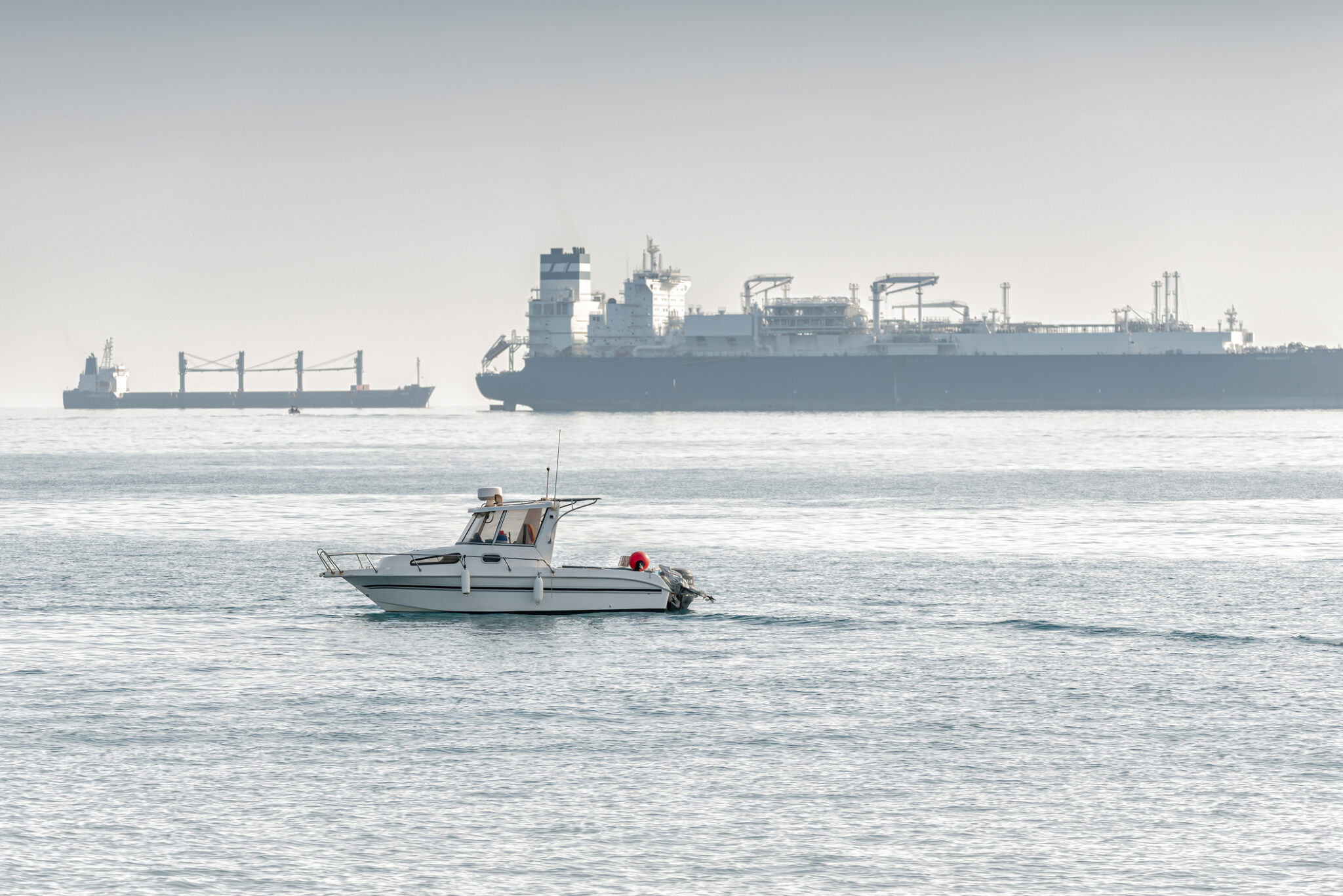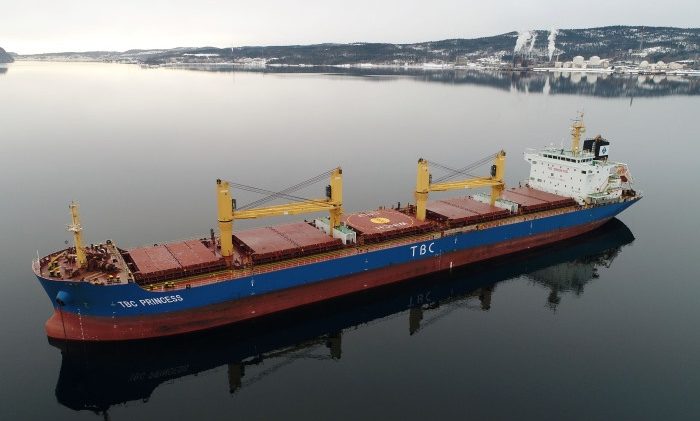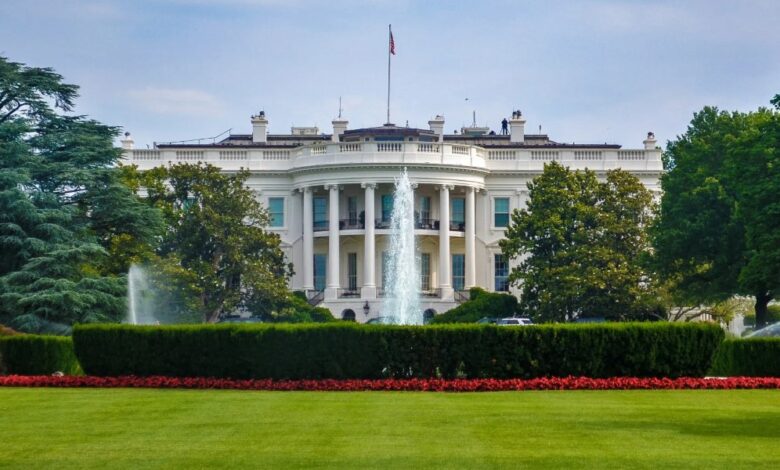Shippingtelegraph: Russian geopolitics tied to aframax demand prospects as 25% of sanctions affects sector
by Shipping Telegraph
Aframax demand prospects remain tied to the fast-moving geopolitical developments, including the increasingly stringent Western sanctions combined with the broader geopolitical tensions.
The fortunes of the Aframax market in recent years have been largely driven by a surge in crude tonne-mile demand following the onset of the Russia-Ukraine war, London-headquartered shipbroking firm E.A. Gibson Shipbrokers (Gibson) says.
The rapid expansion of the dark fleet servicing Russian trade has further supported the market.
However, reconciling the many fast-moving developments, including tanker sanctions, the EU’s 18th sanctions package, Trump’s punitive tariffs on India for purchasing Russian crude, secondary sanctions on other countries, and the president’s latest comments on progress in talks with Moscow, remains a significant challenge.
This year has seen a tsunami of sanctions targeting tankers, with tonnage in the 80,000 to 125,000 dwt range being the most heavily impacted.
As of now, 25% of the global aframax/LR2 fleet is sanctioned, with another 7% at risk due to questionable trading activity, according to Gibson’s tanker market report.
Although this initially prompted an increase in mainstream Aframaxes engaging in Russian trade, the EU’s new oil price cap is likely to push mainstream players back into the conventional market.
The recent US imposition of additional tariffs on India goes even further.
India has imported circa 1.6 mbd of Russian crude this year, and Russia will struggle to find an alternative home for all this volume if India chooses to side with the US.
For now, India’s path forward is unclear, although Indian refiners have already been seen increasing their purchases of Atlantic Basin and Middle Eastern barrels.
According to Gibson, Russian exports and Aframax/LR2 demand, both for the mainstream and dark tankers, are under further threat due to US secondary sanctions on other countries.
“That said, in such a scenario, traditional buyers of Russian crude are likely to seek alternative barrels from the Middle East or the Atlantic Basin, with the incremental demand expected to primarily benefit larger VLCCs and suezmaxes,” the London broker noted.
Another layer of complexity comes from the possibility that the US may soften its stance if targeted buyers of Russian barrels substantially alter their purchase practices, or more importantly, if an elusive Russia-Ukraine peace agreement is reached.
In the mainstream market, Aframax demand prospects are mixed but more straightforward. CPC crude exports rose sharply in early 2025, though gains mainly benefitted suezmaxes.
Ultimately, the outlook for Aframax demand remains closely tied to how Russia-linked geopolitics evolve. Beyond Russia-related factors, the wider crude tanker market could receive a tailwind later this year from increasing OPEC+ production.
Related Posts

